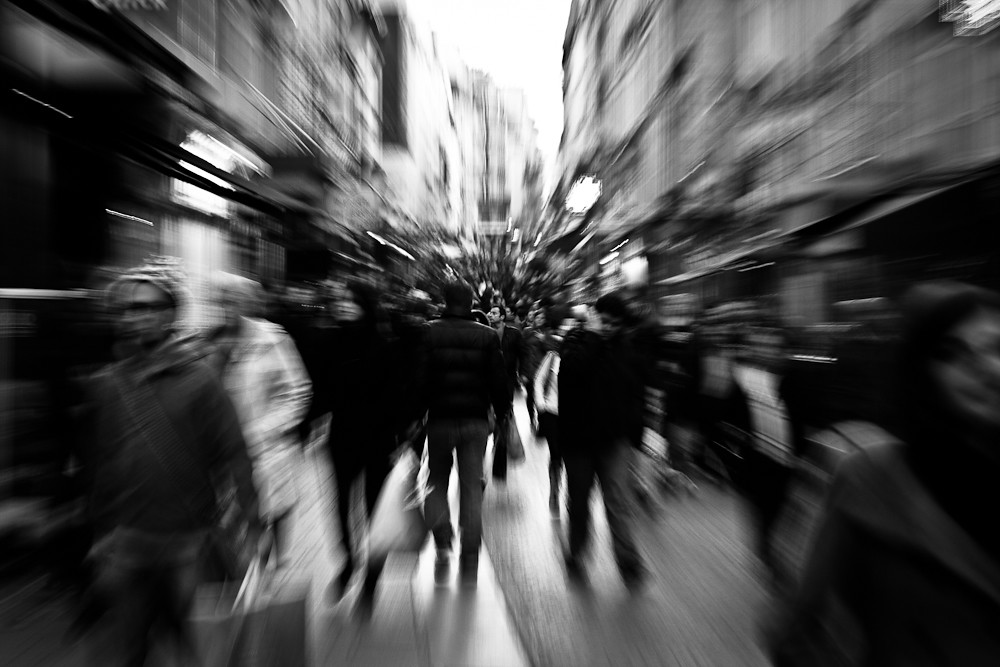Agoraphobia, often abbreviated as AG, is a complex and debilitating anxiety disorder that affects millions of people worldwide. It is characterized by an intense fear of being in situations where escape might be difficult or help unavailable if something goes wrong. While the term “agoraphobia” may sound unfamiliar to some, its effects are deeply rooted in everyday life for those who experience it. This article aims to explore the intricacies of this condition, shedding light on its causes, symptoms, and treatment options.

What Is Agoraphobia?
Agoraphobia is more than just a fear of open spaces or crowded areas. It encompasses a wide range of scenarios that trigger overwhelming anxiety. People with this condition often avoid places or situations such as public transportation, shopping malls, large gatherings, or even standing in line at a store. The fear stems from the perception that these environments are unsafe or uncontrollable, leading to feelings of panic and helplessness.
Common Misconceptions
- It’s Just Shyness: Agoraphobia is not simply shyness or introversion. It involves severe anxiety and panic attacks that can disrupt daily life.
- Only Open Spaces Trigger It: Contrary to popular belief, agoraphobia can also occur in enclosed spaces or any setting perceived as threatening.
- It’s Rare: Agoraphobia is more common than many realize, affecting approximately 1.7 percent of adults in the United States alone.
Symptoms of Agoraphobia
The symptoms of agoraphobia can manifest both physically and emotionally. Recognizing these signs is crucial for early intervention and effective management.
Physical Symptoms
- Rapid heartbeat
- Shortness of breath
- Dizziness or lightheadedness
- Chest pain or discomfort
- Sweating and trembling
Emotional Symptoms
- Intense fear of losing control
- Feelings of detachment from reality
- Fear of dying or experiencing a medical emergency
- Avoidance behaviors to prevent triggering situations
Causes and Risk Factors
While the exact cause of agoraphobia remains unclear, researchers believe it arises from a combination of genetic, environmental, and psychological factors.
Genetic Predisposition
Studies suggest that individuals with a family history of anxiety disorders are more likely to develop agoraphobia. This indicates that genetics may play a role in predisposing someone to the condition.
Traumatic Experiences
Past traumatic events, such as accidents, assaults, or significant losses, can contribute to the development of agoraphobia. These experiences may create a heightened sense of vulnerability and fear in certain environments.
Underlying Mental Health Conditions
Agoraphobia often coexists with other mental health disorders, such as panic disorder, generalized anxiety disorder, or depression. The presence of these conditions can exacerbate symptoms and make recovery more challenging.
Environmental Triggers
Stressful life changes, such as moving to a new city, starting a demanding job, or ending a relationship, can act as triggers for agoraphobia. These events may overwhelm an individual’s coping mechanisms, leading to increased anxiety and avoidance behaviors.
Diagnosing Agoraphobia
Diagnosing agoraphobia requires a comprehensive evaluation by a mental health professional. The process typically involves a detailed discussion of symptoms, personal history, and behavioral patterns.
Clinical Criteria
To meet the diagnostic criteria for agoraphobia, an individual must exhibit persistent fear or anxiety about two or more of the following situations:
- Using public transportation
- Being in open spaces like parking lots or bridges
- Being in enclosed spaces like shops or theaters
- Standing in line or being in a crowd
- Being outside the home alone
Additionally, the fear must be disproportionate to the actual danger posed by the situation and lead to significant distress or impairment in daily functioning.
Differential Diagnosis
It is essential to differentiate agoraphobia from other anxiety disorders, such as social anxiety disorder or specific phobias. A thorough assessment helps ensure accurate diagnosis and appropriate treatment planning.
Treatment Options for Agoraphobia
Although agoraphobia can be challenging to manage, various treatment approaches have proven effective in reducing symptoms and improving quality of life.
Cognitive Behavioral Therapy
Cognitive behavioral therapy, commonly referred to as CBT, is one of the most widely used treatments for agoraphobia. This therapeutic approach focuses on identifying and challenging negative thought patterns that contribute to anxiety. Through gradual exposure to feared situations, individuals learn to confront their fears in a controlled and supportive environment.
Exposure Therapy
A key component of cognitive behavioral therapy is exposure therapy. This technique involves systematically exposing individuals to the situations they fear most, starting with less intimidating scenarios and progressing to more challenging ones. Over time, repeated exposure reduces anxiety and builds confidence in managing previously avoided environments.
Medication
In some cases, medication may be prescribed to alleviate symptoms of agoraphobia. Antidepressants, particularly selective serotonin reuptake inhibitors, are often recommended due to their effectiveness in treating anxiety disorders. Anti-anxiety medications may also be used on a short-term basis to provide immediate relief during acute episodes.
Combination Approach
For many individuals, combining medication with psychotherapy yields the best results. This dual approach addresses both the biological and psychological aspects of agoraphobia, promoting long-term recovery.
Lifestyle Modifications
Making positive lifestyle changes can complement professional treatment and enhance overall well-being. Some strategies include:
- Practicing relaxation techniques like deep breathing, meditation, or yoga
- Engaging in regular physical activity to reduce stress and improve mood
- Maintaining a balanced diet and avoiding stimulants like caffeine and alcohol
- Building a strong support network of friends, family, or support groups
Coping Strategies for Everyday Life
Living with agoraphobia presents unique challenges, but there are practical steps individuals can take to navigate their daily lives more effectively.
Gradual Exposure
Instead of avoiding feared situations entirely, gradually exposing oneself to them can help desensitize the mind and reduce anxiety over time. For example, someone afraid of crowded places might start by visiting a small store during off-peak hours before attempting larger venues.
Developing a Safety Plan
Having a safety plan in place can provide reassurance when venturing into potentially triggering environments. This might involve carrying a trusted person’s phone number, keeping calming items like headphones or a journal handy, or mapping out exit routes in advance.
Seeking Professional Support
Regular sessions with a therapist or counselor can offer guidance and encouragement throughout the recovery journey. Additionally, joining a support group allows individuals to connect with others facing similar struggles, fostering a sense of community and understanding.
The Role of Family and Friends
Support from loved ones plays a vital role in helping someone with agoraphobia overcome their fears. By educating themselves about the condition, family members and friends can better empathize with the individual’s experiences and offer meaningful assistance.
How to Help
- Encourage open communication without judgment
- Accompany the person to appointments or outings if needed
- Respect their boundaries while gently encouraging progress
- Celebrate small victories to boost morale and motivation
Avoiding Pitfalls
While offering support, it is important to avoid enabling avoidance behaviors. For instance, constantly shielding someone from challenging situations may reinforce their fears rather than helping them confront them. Striking a balance between compassion and accountability is key.
Breaking the Stigma
Despite growing awareness, stigma surrounding mental health issues like agoraphobia persists. Many individuals hesitate to seek help due to fear of judgment or misunderstanding. Addressing this stigma requires collective effort from society, healthcare providers, and individuals alike.
Educating the Public
Raising awareness about agoraphobia through education campaigns, media representation, and community initiatives can dispel myths and foster empathy. When people understand the complexities of the condition, they are more likely to offer support rather than criticism.
Promoting Acceptance
Creating safe spaces for dialogue and advocacy encourages those affected by agoraphobia to share their stories without shame. By normalizing conversations about mental health, we pave the way for greater acceptance and inclusivity.





